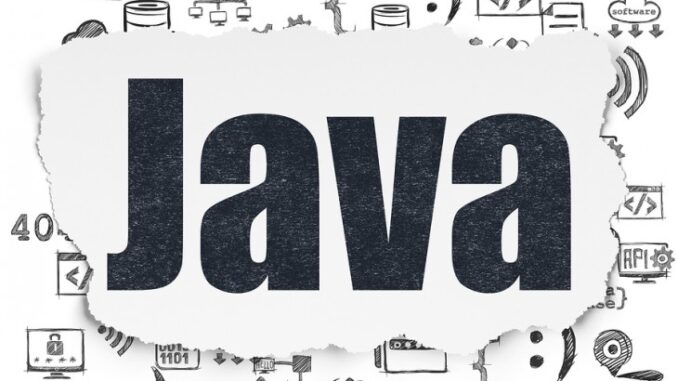
Java – according to Wikipedia – is “a general-purpose computer programming language that is concurrent, class-based, object-oriented and specifically designed to have as few implementation dependencies as possible.”
The blog Java Revisited indicates that Java is heavily relied on within the financial services industry, by way of banking applications and stock trading software. In addition, many Android and web applications are written in Java language – which could be utilized in any business.
Featured on our list of best programming languages to learn, it is invaluable for us millennials – who are already technically inclined – to learn Java. We’ve cited it a second time as a top technical skill sought after by employers. However, your battle cry is familiar to all millennials – you don’t have programming experience, and you don’t have time to learn yet another resume-boosting task on your own time. But never fear – your technological prowess can help, and so can our tips to learn Java without any previous programming experience.
Read Up.
Yes, an old-fashioned book – though Sams Teach Yourself Java in 21 Days is available in paperback and for Amazon Kindle. Its Amazon listing indicates “it has been acclaimed for its clear and personable writing, for its extensive use of examples and for its logical and complete organization.” The book also contains practice questions and answers at the end of each of the 21 lessons – and is particularly tailored to those without prior Java experience. New paperback copies from Amazon start at $8.69 – and the Kindle version goes for around $20.
And don’t forget the Dummies books. Beginning Programming with Java For Dummies is listed on Amazon – starting at $17.99 for a paperback and $15.99 for Kindle. It is touted as covering “basic development concepts and techniques through a Java lens. You’ll learn what goes into a program, how to put the pieces, how to deal with challenges and how to make it work.”
If you’re more inclined to read from a screen instead from a book, blogs can serve as educational resources. Read JavaWorld for all things Java across a wide range of levels – and Java Tutorial For Beginners for content targeted to those without experience.
Take It at Your Pace.
Lynda.com offers a variety of self-paced courses in Java – among a multitude of tech-oriented courses. Courses tailored to Java include “Java Essential Training,” “Java Applications” and “Java Database Integration.” Users have the ability to switch between a computer, a phone and even a tablet – and their respective places in the courses are bookmarked across devices. All courses are free for ten days. Following the free trial period, a standard subscription is $25 per month or $250/year.
Watch The Tutorials.
Many coding experts have taken to YouTube to teach Java to the masses. Some are available as a playlist – others are previews of longer videos.
Teach Yourself.
Experience is truly the best teacher. Download Java right to your computer for free – and spend a weekend afternoon tinkering with the platform. Learn by trial and error – and with this list of Java programming examples from the University of Texas.
The fact that we millennials have always been exposed to technology and computer software as a collective part of our daily lives is a definite plus – and makes us ideal candidates to learn Java at a rapid pace without any prior experience.
